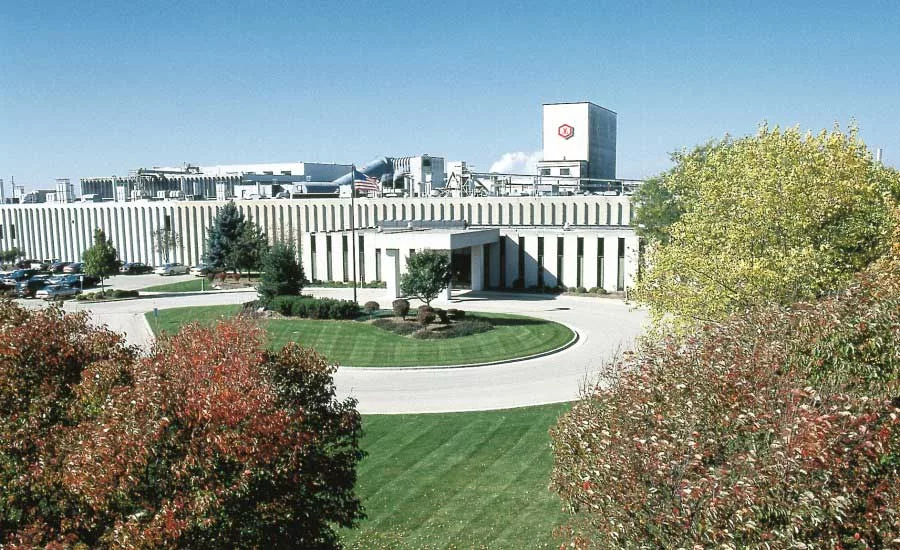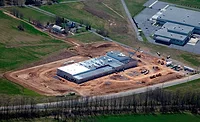Building a future food factory, Part 3: Logistics
A key factor in picking a location for a new food and beverage facility is the area’s ability to efficiently receive materials and distribute products produced.

Japan-based Kikkoman Corp. selected Walworth, Wis. as the site for its North American headquarters because it needed a location that was centrally located to ensure efficient distribution. Source: WEDC.
If you are looking for a location to build your new food or beverage facility, there are many different aspects to consider. In this series, we are taking a look at some of the most critical points that can make or break the success of your future plant.
The first two factors, land and locale, were discussed in the first two parts of this series, which is based on the Food Automation & Manufacturing Conference 2017 presentation by Karl Linck, vice president of engineering for Sargento Foods. Now we will tackle logistics.
See more articles in this series:
Logistics is the movement of everything in and out of your plant. This can include, but is not limited to, raw materials, supplies, labor, support and finished products.
“This is sometimes very simple,” says Linck. “If you’re doing fish, you probably want to be located on a seaport because you want to be very close to where the boats come in. If you’re doing pork, you probably want to be in a general pork area. And if you’re doing dairy, you want to be in the milk shed.”
This matching of product processing to where the product actually is sourced generally drives the decision to choose a location. But if you have a number of locations to choose from that all fit your processing needs, then Linck says the next step is to draw a graph. Each location will be lined up against each other to compare how much the total cost for transporting both raw and finished materials will be required at each location.
Comparing the costs of getting raw materials to and from a site and then the costs of shipping the end products out can be illuminating.
“If I located a cheese cutting factory in Tampa, Florida, it’d be terrible,” Linck says. “It’s nowhere close to the big markets, and everything would have to go out of Florida, except for the little market that exists in it. And the cheese would have to come down from the Midwest or California or New Mexico, into the state. That would be a very expensive site.”
Another important aspect of logistics is labor, or getting a workforce to and from your plant. When looking at locations, Linck says you need to know if the facility will be close to a big city or small town or in the middle of nowhere. Once you know where the population lives in proximity to the site, then you need to determine if there will be enough workers available in that location. You also need to factor in how they are going to get there.
“You don’t want their commute to be ridiculous in terms of time because that’s going to be against you,” Linck says. “[The employees] aren’t going to want to drive that much.”
He says, in general, salaried professionals will move for a job, but technicians and hourly workers typically don’t. This is why it is essential to ensure you do have a labor pool available in place where you are locating the new facility and to take into account how the people are going to get there.
“If they will take the bus, is [a bus line] available?” he says.
One way to avoid having to evaluate the logistical costs of particular locations on your own is to select a certified food site. These sites have undergone a certification program to fast track development for end-users on an accelerated timeline, says Frank Spano, managing director, Austin Consulting.
This analysis can help to uncover critical information about the site, such as “existing neighboring land uses to ensure compatible neighbors for a food and beverage operation,” Spano says.
Also, critical transportation information is disclosed, including major roads that will serve the site as well as “distance to major four-lane and interstate highways in the region, availability of rail and general information on rail spur development to serve the site, existence of common and specialized refrigerated carriers serving the community,” he adds.
Looking for a reprint of this article?
From high-res PDFs to custom plaques, order your copy today!






